
Financial inclusion in India is a key improvement area for the government and has seen considerable development in the past few years. Almost alongside, the last decade has seen several technological solutions take shape in the field of finance. Lower cost, more efficient technology-based delivery of financial services like payment technology, digital banking, lending, and insurance has helped us serve many citizens.
According to the 2018 World Bank report, 190 million Indians don’t have a bank account. Moreover, the report states that 48% of existing accounts are inactive. The demographic roadblocks like language barriers and the high cost of deploying infrastructure have led to lower penetration of payment instruments, especially in rural India. There is, therefore, a huge opportunity for expansion and growth.
I believe fintech players, like Spice Money, have a head-start in initiating financial inclusion in India. By leveraging low-cost, asset-light infrastructure we can offer multiple services and financial solutions to under-served sections of the society. Moreover, we can also encourage independent income opportunities for the youth residing in rural India. A collaborative approach between private and government enterprises would accelerate the pace of this process. The inter-agency collaboration is likely to ease the burden of setting up banking infrastructure while providing more convenience to end customers.
In the post-COVID world, expenses are being minimized and therefore, fintech plays a crucial role in driving digitization and hence financial inclusion. Fintechs are the beacon of hope for rural India, in more ways than one. If there is a means to bring the entire country’s population within the folds of financial inclusion, it is via financial technology only.



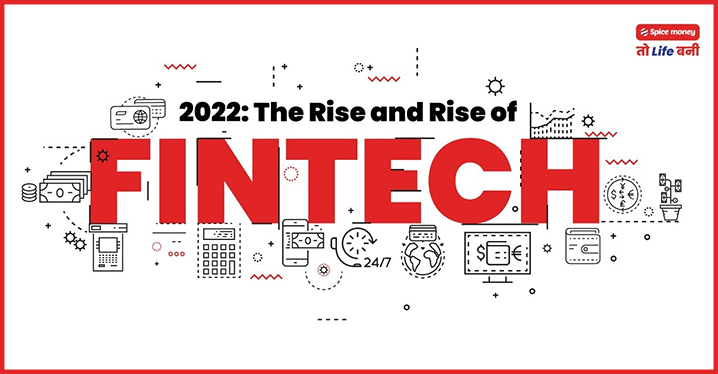


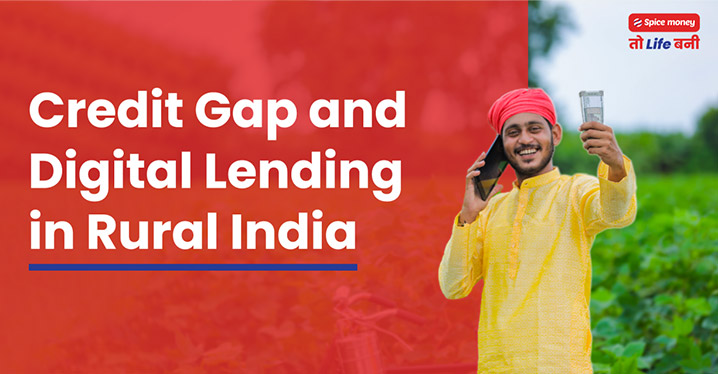

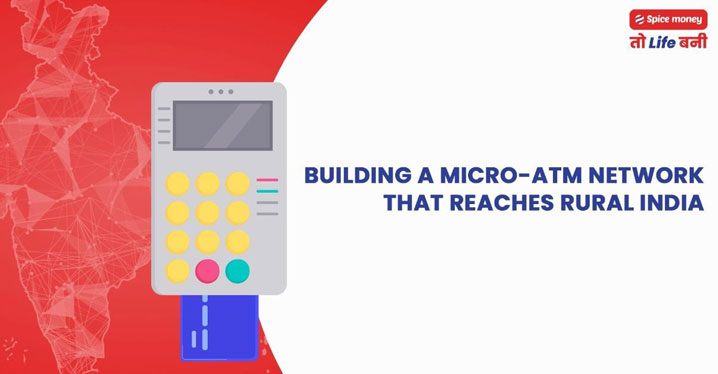


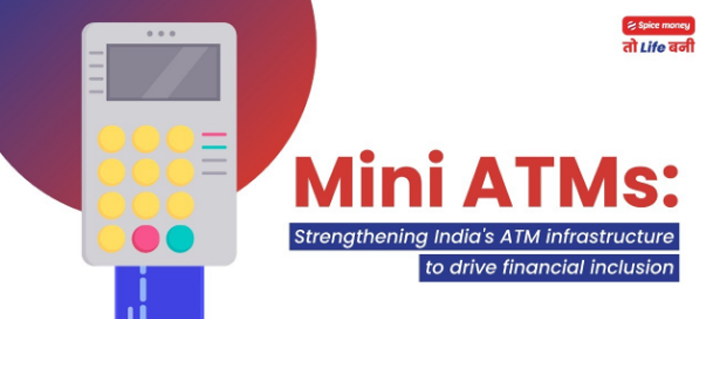


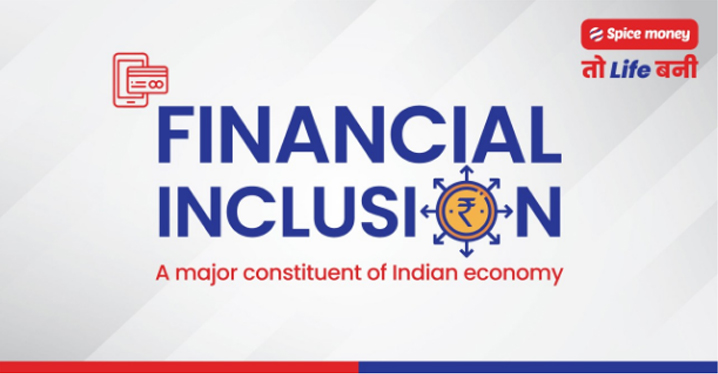









Comment (0)